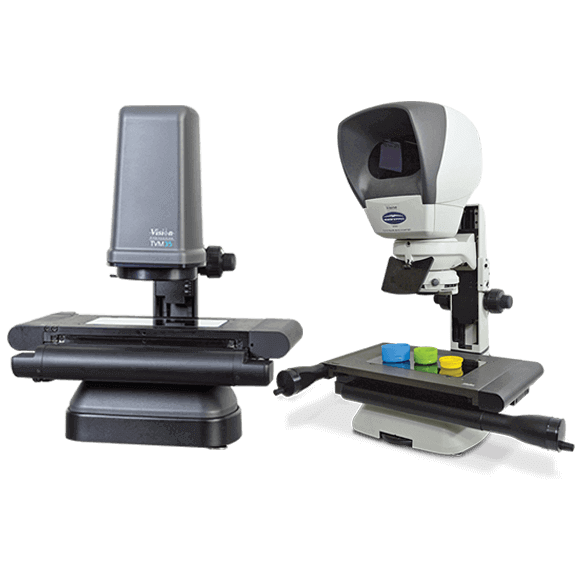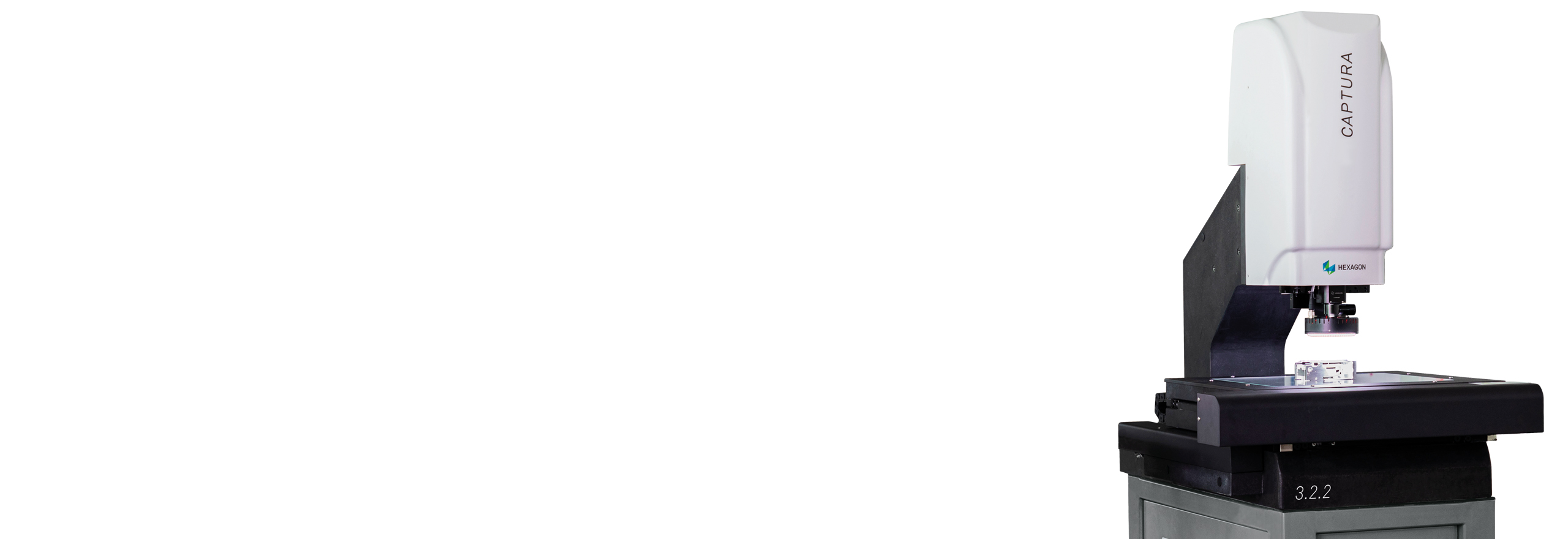Interferometry in optical measurement systems: Which technology fits your production line?
Interferometry in optical measurement systems: Which technology fits your production line?
Blog Article
The Duty of Optical Dimension Systems in Advancing Assessment Techniques
Optical dimension systems have transformed metrology, bringing a level of precision that was when unbelievable. You could be stunned to discover exactly how these modern technologies, based upon essential principles like representation and disturbance, are applied throughout numerous markets. Their non-contact abilities not only improve accuracy yet also enhance processes. As you explore additionally, you'll find how these systems are shaping the future of dimension and quality assurance.
The Advancement of Assessment: A Historical Viewpoint
As you explore the history of width, you'll locate that its advancement mirrors humankind's mission for accuracy and standardization. From ancient worlds making use of body components as systems of dimension to the advancement of standardized weights and steps, each action shows our need for precision. The Egyptians built the pyramids utilizing accurate dimensions, while the Romans progressed design with their innovative measuring devices.
Throughout the Renaissance, scientific developments moved the focus toward much more empirical methods, leading the way for modern-day metrology. The intro of the metric system in the late 18th century marked a significant turning point, establishing universal requirements. Throughout the 20th century, technical advancements further changed metrology, making it possible for extremely precise dimensions in numerous fields.
Today, assessment continues to advance, integrating digital innovation and automation. This background highlights not just the value of measurement however additionally our unrelenting quest of boosting accuracy and uniformity in our significantly complex world.
Principles of Optical Dimension Equipments
Comprehending the concepts behind optical dimension systems is vital for exact lead to width. You'll wish to consider essential optical concepts, measurement precision aspects, and reliable system calibration methods. Each of these components plays an essential function in ensuring your dimensions are trusted and exact.
Fundamental Optical Principles
While exploring optical dimension systems, you'll encounter essential optical principles that create the backbone of precise data acquisition. Light acts in foreseeable means, and understanding these actions-- like representation, refraction, and diffraction-- is necessary for efficient dimensions. By understanding these concepts, you'll be geared up to leverage optical innovations efficiently, paving the means for innovations in assessment and guaranteeing your dimensions are both trustworthy and repeatable.
Measurement Accuracy Aspects
To accomplish high measurement accuracy in optical systems, numerous factors come into play, affecting the integrity of your results. Top quality lenses and detectors decrease aberrations and sound, guaranteeing your dimensions are precise. By attending to these variables, you can boost the total performance of your optical measurement systems, leading to more precise and reputable outcomes in your assessment applications.
System Calibration Techniques
Accomplishing high measurement precision is just component of the equation; correct system calibration strategies are equally essential in optical measurement systems. To guarantee your system supplies trustworthy outcomes, you need to regularly calibrate it using standard recommendation products. Begin by changing the optical elements, like lenses and mirrors, to minimize methodical mistakes. Next, employ well-known dimensions to verify the system's outcome and make essential adjustments. It's also important to account for ecological variables-- temperature and moisture can influence dimensions. Carry out a routine calibration schedule to keep uniformity in time. Finally, document all calibration procedures and results; this will aid you track performance and deal with any type of drift in accuracy. With these methods, you'll enhance the dependability of your optical measurement system.
Trick Technologies Behind Optical Measurement
Optical measurement systems depend on a number of essential modern technologies that boost accuracy and effectiveness in assessment. One essential innovation is interferometry, which makes use of the disturbance of light waves to gauge small displacements and surface area abnormalities with extreme accuracy. You'll additionally locate laser scanning systems, which catch thorough 3D information of items promptly, making them vital for dimensional evaluation.
Furthermore, CCD and CMOS sensing units play a significant function in converting light right into electrical signals, permitting for high-resolution imaging and accurate measurements. Advanced algorithms for picture handling even more improve measurement accuracy by assessing information in genuine time, straining sound and enhancing attributes.
Ultimately, fiber optics supply versatility and the capability to determine in challenging environments while keeping signal honesty. By leveraging these modern technologies, you can accomplish exceptional outcomes in your width jobs, making certain that your measurements are both accurate and trustworthy.
Applications of Optical Measurement in Sector
As industries increasingly require accuracy and performance, the applications of optical measurement systems have come to be essential throughout numerous markets. In production, these systems aid you keep track of dimensions and tolerances in real-time, making sure top quality control without lengthy manual checks. In the automotive market, optical dimensions help in lining up parts with accuracy, boosting safety and security and performance.
In electronic devices, you're utilizing optical approaches to examine min features on circuit boards, detecting issues that might lead to failures. The aerospace market gain from non-destructive screening methods, permitting you to evaluate materials and elements without jeopardizing their honesty.
Optical dimension additionally plays a crucial function in fabrics, ensuring textile dimensions meet specific specs. optical measurement systems. With their capacity to provide high-resolution data rapidly, these systems encourage you to make enlightened decisions, simplify procedures, and eventually drive advancement across your sector
Enhancing Precision and Performance in Measurements
When you consider enhancing accuracy in dimensions, accuracy in your measurement strategies is vital. By streamlining these procedures, you can achieve quicker results without compromising high quality. Allow's check out how adopting innovative optical dimension systems can raise both accuracy and effectiveness in your job.
Precision in Dimension Techniques
Accuracy in measurement strategies is necessary for attaining dependable results in width, particularly considering that tiny disparities can lead to considerable errors. By utilizing innovative optical measurement systems, you can enhance the precision of your measurements. In enhancement, accurate measurements allow you to preserve top quality control, guaranteeing that items satisfy strict requirements.
Enhancing Measurement Procedures
To boost accuracy and performance in dimensions, enhancing your measurement procedures why not find out more is vital. Start by embracing optical measurement systems that provide real-time data, lowering the time spent on manual recording. These systems typically incorporate seamlessly with existing software application, permitting you to automate information collection and evaluation.
Following, standardize your measurement procedures. By carrying out consistent procedures, you minimize irregularity and boost repeatability. Don't neglect to frequently calibrate your tools to assure its precision.

The Impact of Optical Measurement on Research Study and Advancement
As scientists venture to push the boundaries of innovation, optical measurement systems have actually come to be indispensable devices in the development process. These systems supply you with specific, real-time information that enhances your capacity to evaluate intricate products and structures. In different areas, from biotechnology to aerospace, you rely on optical measurements to maximize layouts and enhance item efficiency.

With high-resolution imaging and non-contact methods, you can minimize sample disruption, enabling even more exact results. This capacity to catch minute information accelerates your R&D cycle, letting you iterate layouts swiftly and successfully. Optical measurement fosters partnership throughout self-controls, as the information produced is often easily interpretable and shareable.
Eventually, incorporating optical dimension systems into your research not just improves productivity however additionally grows your understanding of the phenomena you research. By leveraging these sophisticated methods, you're much better geared up to innovate and stay in advance in a competitive landscape.
Future Trends in Optical Dimension Solutions
With the rapid improvement of technology, you're most likely to see considerable changes in optical measurement systems that will redefine their application throughout different markets. You'll discover a step towards boosted automation and assimilation of expert system, enabling real-time data analysis and improved accuracy. Miniaturization is another pattern; portable tools will certainly allow measurements in tighter rooms, making them optimal for areas like aerospace and biomedical applications.
Anticipate to see systems that can run in challenging environments, supplying reliable dimensions in severe conditions. As these modern technologies assemble, you'll discover that optical dimension systems not just boost precision yet also improve workflows, inevitably driving development and performance in your jobs.
Frequently Asked Inquiries
How Do Optical Measurement Solutions Compare to Conventional Measurement Techniques?
Optical measurement systems supply higher accuracy and faster outcomes compared to conventional techniques. You'll discover they catch more information factors properly, decreasing human error and increasing integrity, making them a recommended option in numerous applications.
What Industries Advantage Many From Optical Measurement Systems?
You'll discover industries like aerospace, auto, and electronic devices benefit most from optical dimension systems. These sectors depend on specific dimensions to ensure high quality and efficiency, enhancing effectiveness and reducing prices with sophisticated technology.

Are Optical Dimension Systems Expensive to Implement?
Optical measurement systems can be costly to carry out, however their precision and effectiveness frequently validate the cost. Buying such technology can lead to substantial lasting cost savings and renovations in high quality throughout different applications.
What Abilities Are Required to Run Optical Measurement Systems?
To run optical dimension systems, you'll need solid analytical skills, focus to detail, and efficiency in software application tools. Familiarity with optics and an understanding of measurement concepts will certainly also enhance your effectiveness and efficiency.
Exactly How Do Environmental Elements Influence Optical Measurements?
Ecological factors like temperature level, humidity, and air high quality click to find out more can distort optical dimensions. You'll observe variants in accuracy because of light interference or refraction. optical measurement systems. Preserving stable conditions is necessary for specific and dependable optical dimension outcomes
Final thought
In recap, optical measurement systems are changing metrology by providing unmatched accuracy and effectiveness. By using sophisticated concepts and innovations, these systems improve precision while lessening disturbances in numerous industries. As you check out future trends, you'll see how the assimilation of AI and automation will certainly remain to boost measurement methods, driving innovation and improving quality assurance. Embracing these innovations will certainly be necessary for remaining affordable and achieving excellence in your field.
Attaining high dimension accuracy is only component of the equation; appropriate system calibration methods are similarly vital in optical dimension systems.When you believe regarding boosting precision in measurements, precision in your measurement techniques is necessary. By making use of innovative More Bonuses optical measurement systems, you can enhance the precision of your dimensions.To boost accuracy and effectiveness in dimensions, improving your dimension processes is important. Just How Do Optical Measurement Systems Contrast to Conventional Dimension Techniques?
Report this page